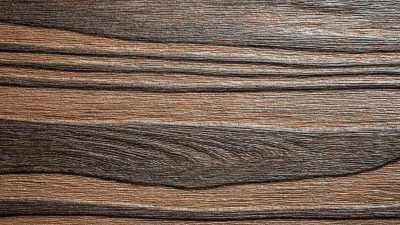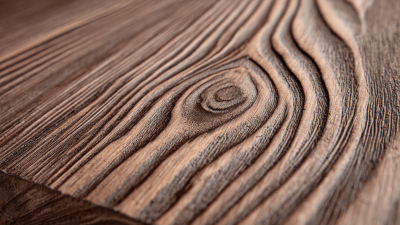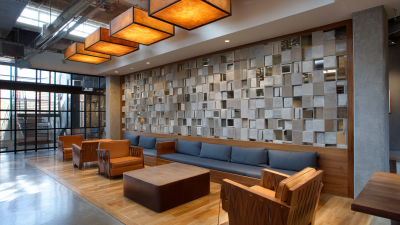Understanding the Benefits of Fiber Cement Floor Underlay Compared to Traditional Options
Fiber Cement Floor Underlay is rapidly gaining recognition as an innovative solution in the flooring industry, outperforming traditional underlay options in various aspects. According to a report by the Freedonia Group, the demand for advanced flooring materials, including fiber cement, is projected to grow significantly, driven by their durability, moisture resistance, and superior sound insulation properties.
 Unlike conventional materials like plywood or foam, Fiber Cement Floor Underlay offers enhanced structural integrity and fire resistance, making it a safer choice for residential and commercial applications. Moreover, the increasing awareness of sustainable building practices has led to a rise in the use of eco-friendly materials, with fiber cement being celebrated for its low environmental impact and long lifespan.
As homeowners and builders alike seek more effective and sustainable flooring solutions, it is essential to explore the comprehensive benefits of Fiber Cement Floor Underlay compared to its traditional counterparts.
Unlike conventional materials like plywood or foam, Fiber Cement Floor Underlay offers enhanced structural integrity and fire resistance, making it a safer choice for residential and commercial applications. Moreover, the increasing awareness of sustainable building practices has led to a rise in the use of eco-friendly materials, with fiber cement being celebrated for its low environmental impact and long lifespan.
As homeowners and builders alike seek more effective and sustainable flooring solutions, it is essential to explore the comprehensive benefits of Fiber Cement Floor Underlay compared to its traditional counterparts.
Advantages of Fiber Cement Floor Underlay Over Traditional Materials
 Fiber cement floor underlay is becoming increasingly popular among homeowners and builders for several compelling reasons. Unlike traditional materials such as plywood or gypsum boards, fiber cement offers superior moisture resistance, making it an excellent choice for areas prone to dampness, like basements or bathrooms. This durability is particularly beneficial in preventing common issues such as mold growth and degradation over time, which can compromise the structural integrity and aesthetics of your floors.
Fiber cement floor underlay is becoming increasingly popular among homeowners and builders for several compelling reasons. Unlike traditional materials such as plywood or gypsum boards, fiber cement offers superior moisture resistance, making it an excellent choice for areas prone to dampness, like basements or bathrooms. This durability is particularly beneficial in preventing common issues such as mold growth and degradation over time, which can compromise the structural integrity and aesthetics of your floors.
In addition, fiber cement is known for its exceptional sound-dampening properties. This material effectively reduces noise transmission between floors, resulting in a quieter and more comfortable living environment. Furthermore, fiber cement is highly resistant to fire and pests, providing added safety and peace of mind that traditional underlay options may not offer. Overall, the advantages of fiber cement floor underlay contribute to a more robust, functional, and long-lasting flooring solution, making it a worthwhile investment for any construction or renovation project.
Comparative Analysis of Durability: Fiber Cement vs. Wood and Foam Options
When evaluating flooring underlay options, durability is a critical factor.
Fiber cement offers superior performance compared to traditional materials like
wood and foam.
Its inherent resistance to moisture and pests makes it ideal for various environments, contributing to a longer lifespan.
Unlike wood, which can warp and degrade over time, fiber cement maintains structural integrity, ensuring that
your flooring remains stable and effective in insulating against sound and temperature fluctuations.
Moreover, advancements in materials science have enhanced the prospects of fiber cement,
with innovations such as 3D-printed fiber-reinforced concrete
pushing the boundaries of strength and sustainability.
The integration of natural fibers into cement composites is a testament to a growing trend in constructing resilient infrastructures.
This not only reduces reliance on traditional materials but also addresses environmental concerns, as using organic substitutes can lower carbon emissions.
In contrast to foam, which may degrade and release harmful substances,
fiber cement provides a more sustainable option
that aligns with modern eco-conscious building practices.
Environmental Impact: Sustainable Benefits of Fiber Cement Underlay
Fiber cement floor underlay presents significant sustainable benefits compared to traditional options, particularly when considering its environmental impact. The utilization of fiber cement, which incorporates recycled materials, has a notably lower carbon footprint than conventional underlay materials such as foam or wood-based products. A recent life cycle assessment highlights that using secondary materials in construction, including fiber cement, can significantly reduce the environmental burden. Specifically, the carbon emissions associated with 1 m² of fiber cement underlay are substantially minimized, marking it as a responsible choice for eco-conscious builders.
Moreover, the repurposing of waste materials further enhances the sustainability profile of fiber cement. The integration of recycled tire rubber in construction not only reduces landfill waste but also creates a cost-effective alternative that improves earthquake resistance in structures. Industry reports indicate that employing such innovative materials can lower the overall environmental impact, making fiber cement a formidable competitor in the market. This aligns with the growing trend towards environmentally friendly building practices, proving that sustainable options are not only viable but also effective.
Understanding the Benefits of Fiber Cement Floor Underlay Compared to Traditional Options
| Feature |
Fiber Cement Underlay |
Traditional Options |
| Sustainability |
Made from natural materials, recyclable |
Often made from plastic or non-recyclable materials |
| Durability |
Highly resistant to moisture and pests |
May warp or degrade over time |
| Thermal Insulation |
Excellent thermal efficiency |
Dependent on material type; often less effective |
| Installation Ease |
Straightforward with standard tools |
Can be complicated depending on material |
| Environmental Impact |
Lower carbon footprint in production |
Higher carbon footprint, less eco-friendly |
| Cost Effectiveness |
Competitive pricing and long-term savings |
Generally lower upfront costs, shorter lifespan |
Impact on Indoor Air Quality: How Fiber Cement Reduces Harmful Emissions
Fiber cement floor underlay offers significant advantages over traditional options, particularly concerning indoor air quality. One of the critical benefits of fiber cement is its capacity to emit fewer harmful pollutants, contributing to a healthier indoor environment. Traditional materials, like certain types of insulation, have been shown to generate long-term emissions of harmful contaminants, which can compromise air quality. In contrast, fiber cement is composed of non-toxic materials, which reduces the risk of indoor air pollution and enhances the overall safety of living spaces.
Furthermore, the environmental impact of various building materials is increasingly under scrutiny. Studies have highlighted that conventional construction materials, such as concrete, have substantial negative effects on human health and the natural environment. The high energy consumption associated with these materials further exacerbates their environmental footprint. By opting for fiber cement, which not only utilizes less energy in its production but also minimizes emissions, builders can align with sustainable practices while prioritizing indoor air quality. This shift not only benefits current occupants but also supports broader public health initiatives by reducing overall emission sources linked to building construction.

Cost Efficiency: Long-Term Savings with Fiber Cement Underlay Installation
When considering flooring options, the choice of underlay can significantly impact both performance and budget. Fiber cement underlay stands out as a cost-efficient solution compared to traditional materials. Initially, the installation cost may seem higher, but the long-term savings quickly offset this investment. Fiber cement boasts exceptional durability and resistance to moisture, which reduces the need for frequent replacements and repairs. This longevity not only minimizes ongoing maintenance costs but also decreases the frequency of flooring renovations, allowing homeowners to allocate their funds elsewhere.
Furthermore, the thermal insulation properties of fiber cement contribute to energy efficiency. With less energy required for heating and cooling, homeowners can enjoy reduced utility bills over time. This added value goes beyond mere savings; it enhances overall living comfort. Additionally, fiber cement's resistance to pests and mold ensures a healthier indoor environment, making it a more attractive option for families. In summary, while upfront costs are a consideration, the lifecycle advantages of fiber cement underlay make it a financially sound choice in the long run.

Products
About Us
Download
News
Blog
Contact Us
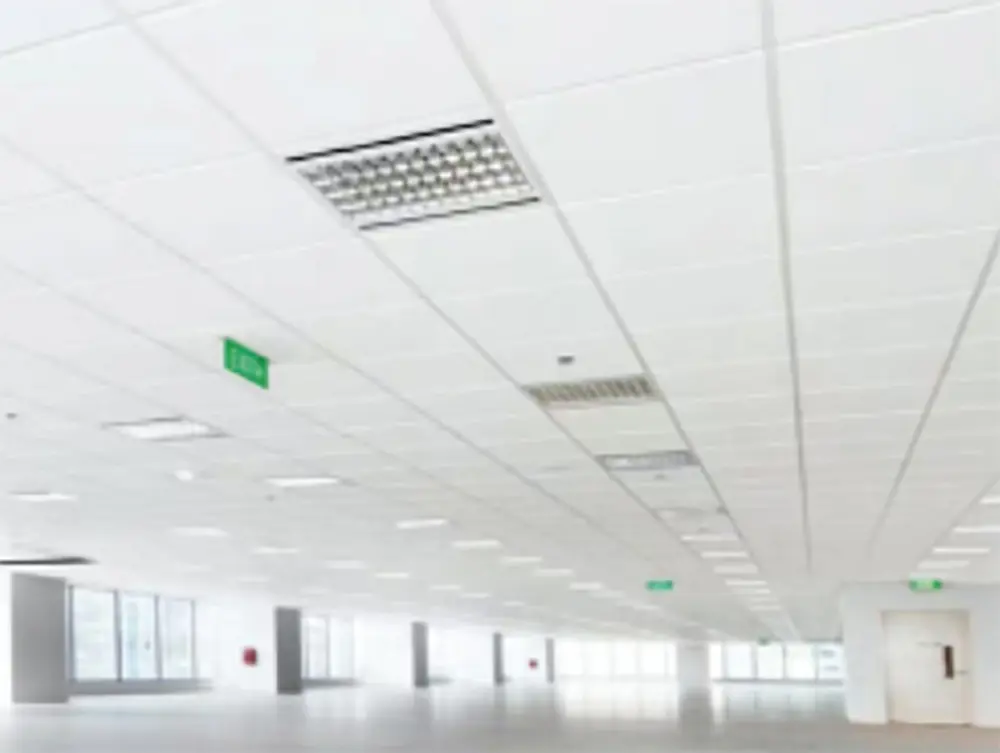 LEAO®Deco Ceiling
LEAO®Deco Ceiling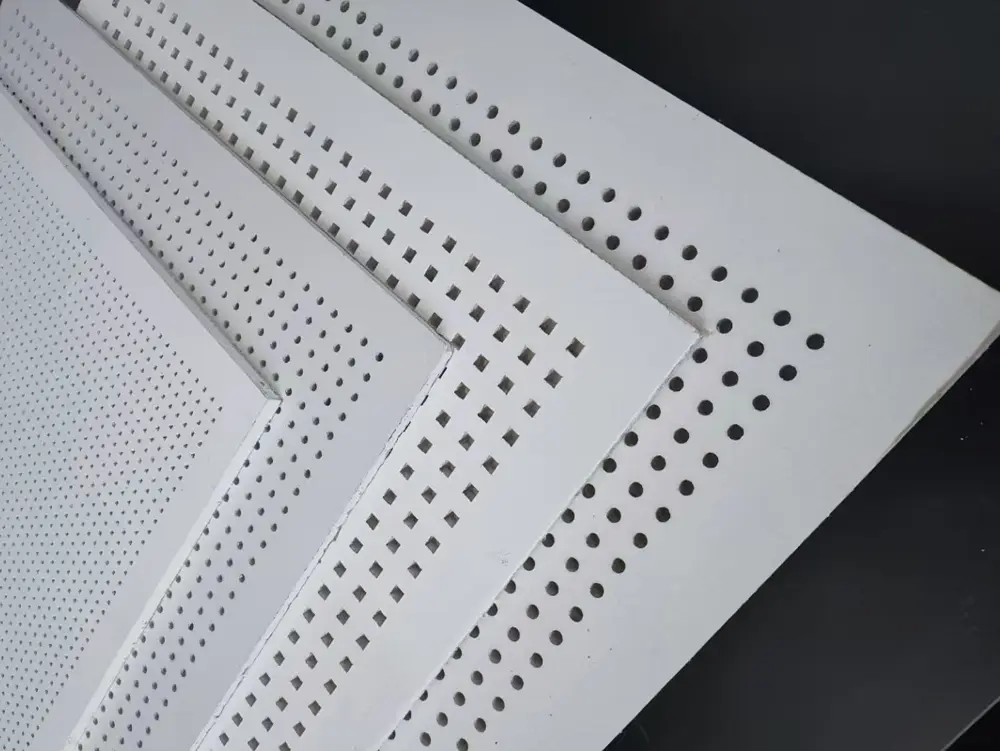 LEAO® Perforated Ceiling
LEAO® Perforated Ceiling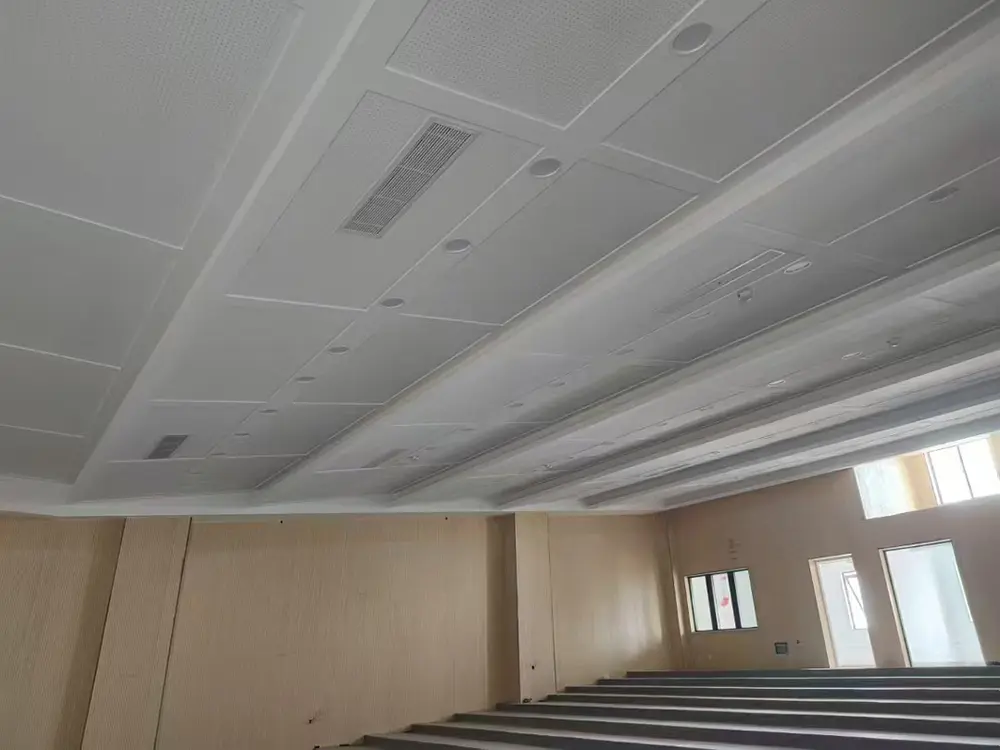 LEAO® Ceiling Board
LEAO® Ceiling Board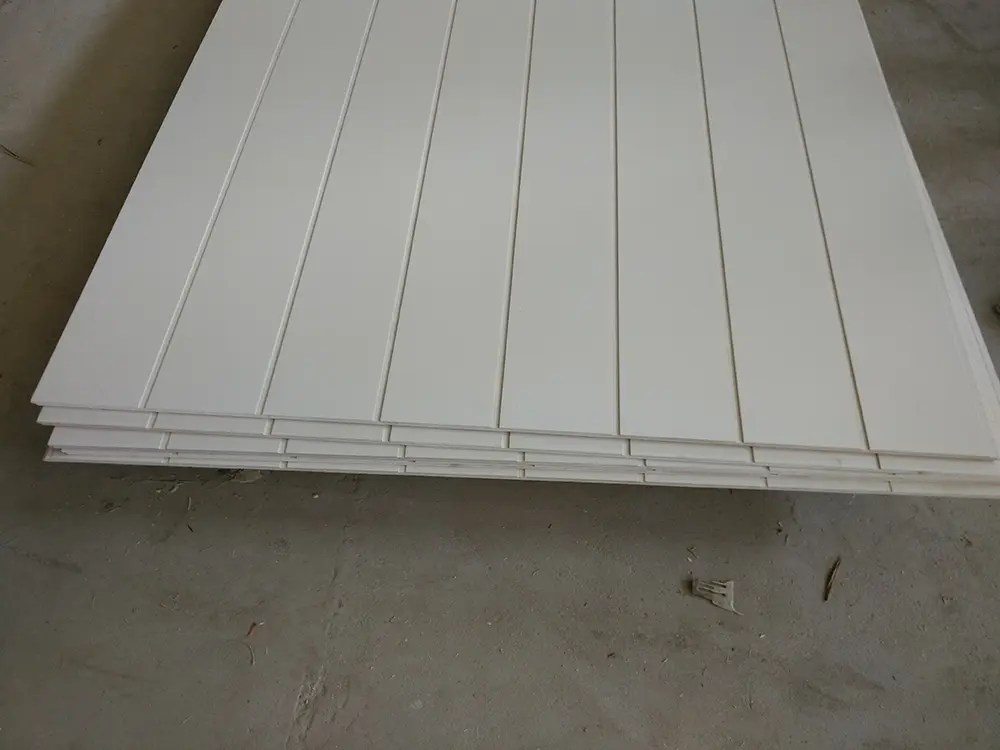 LEAO® Groove Interior Panel
LEAO® Groove Interior Panel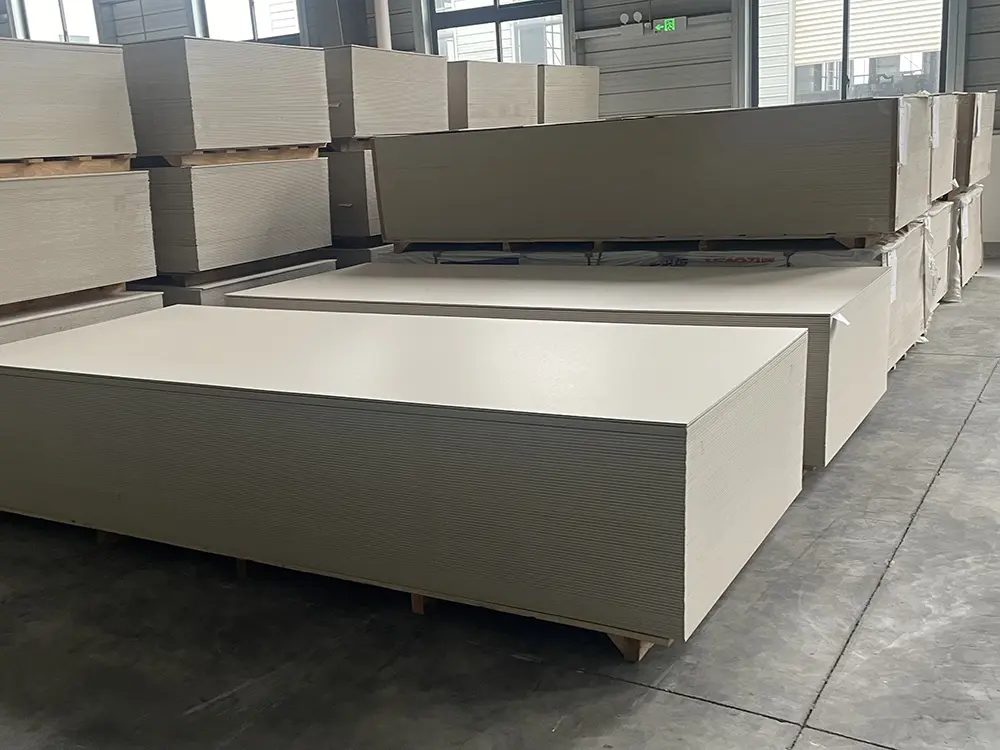 LEAO® Interior Board
LEAO® Interior Board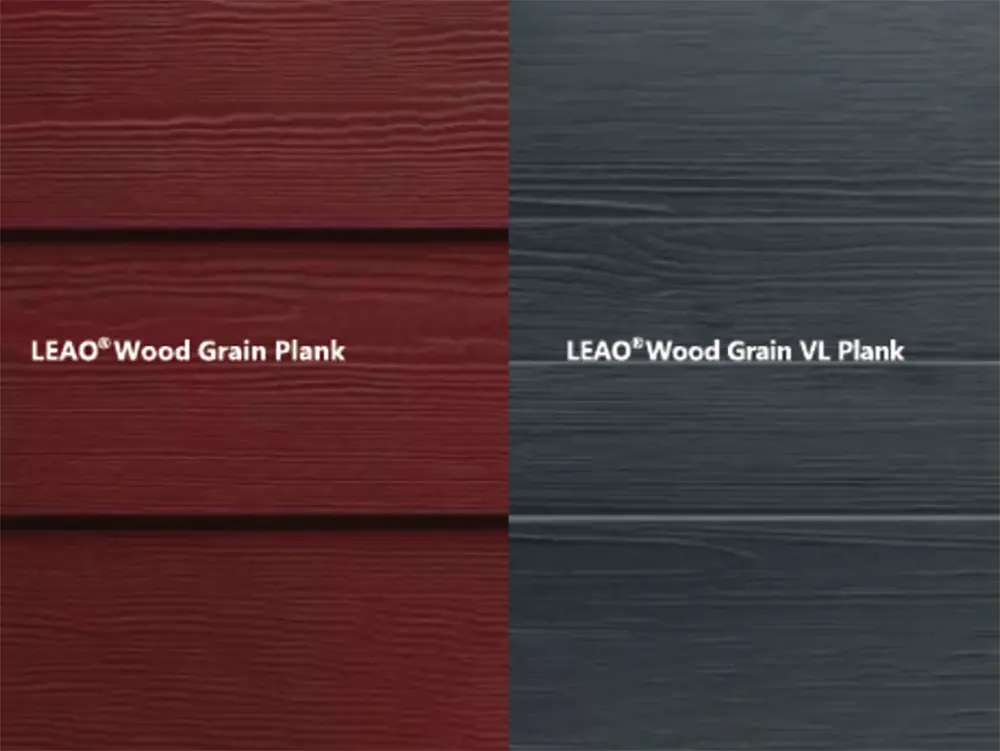 LEAO® Wood Grain Plank
LEAO® Wood Grain Plank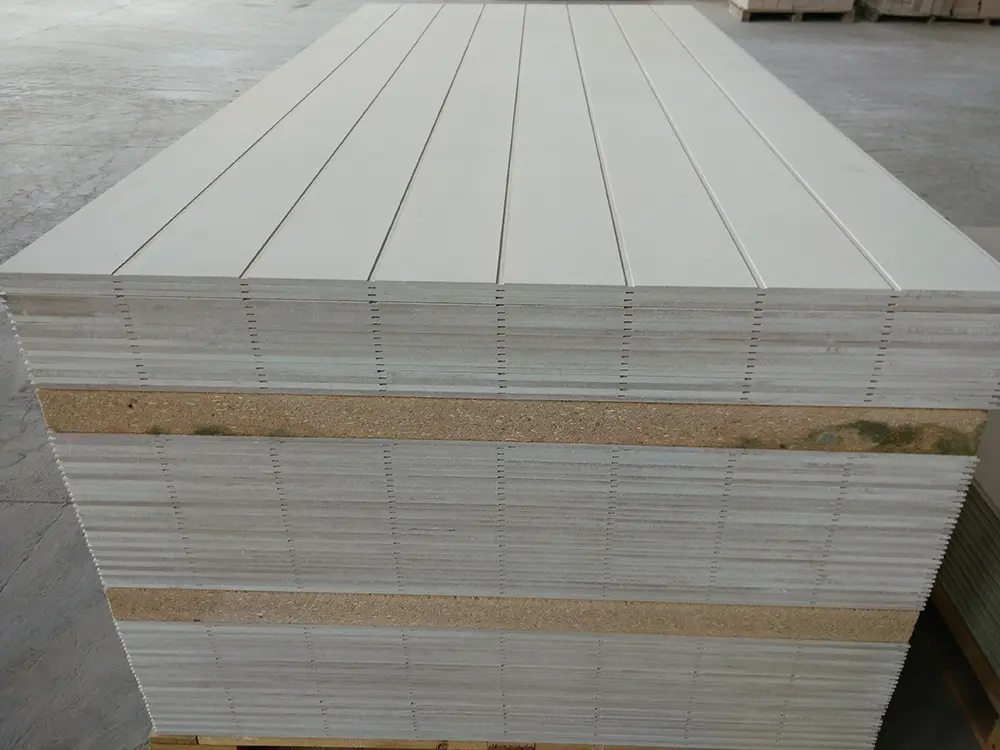 LEAO® Grooved Exterior Panel
LEAO® Grooved Exterior Panel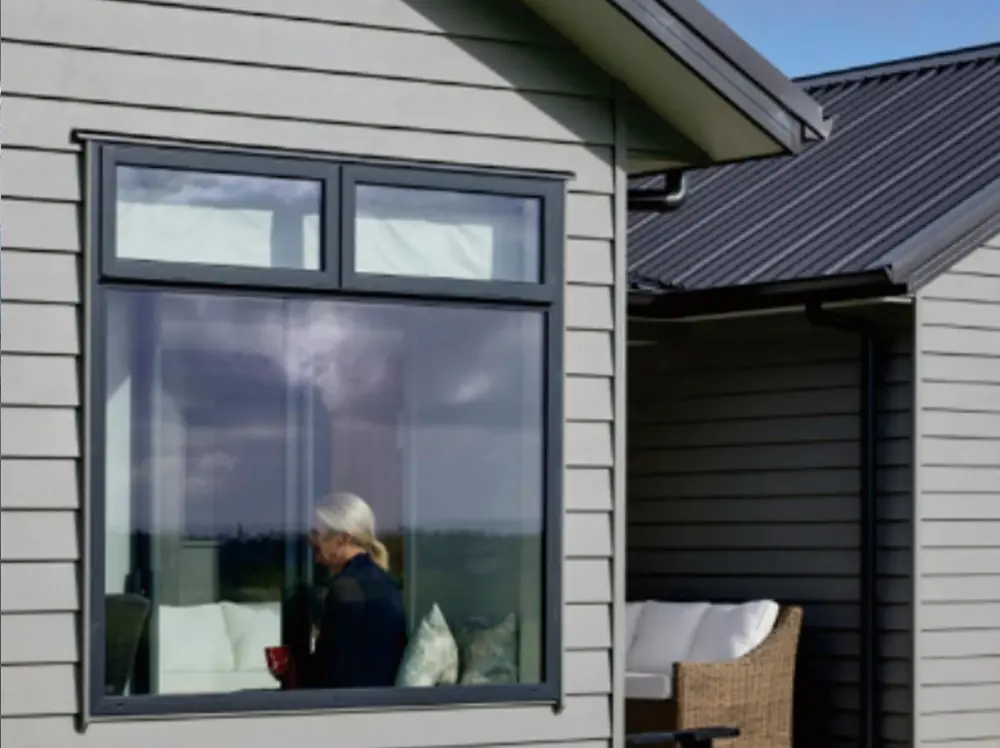 LEAO® Weatherboard
LEAO® Weatherboard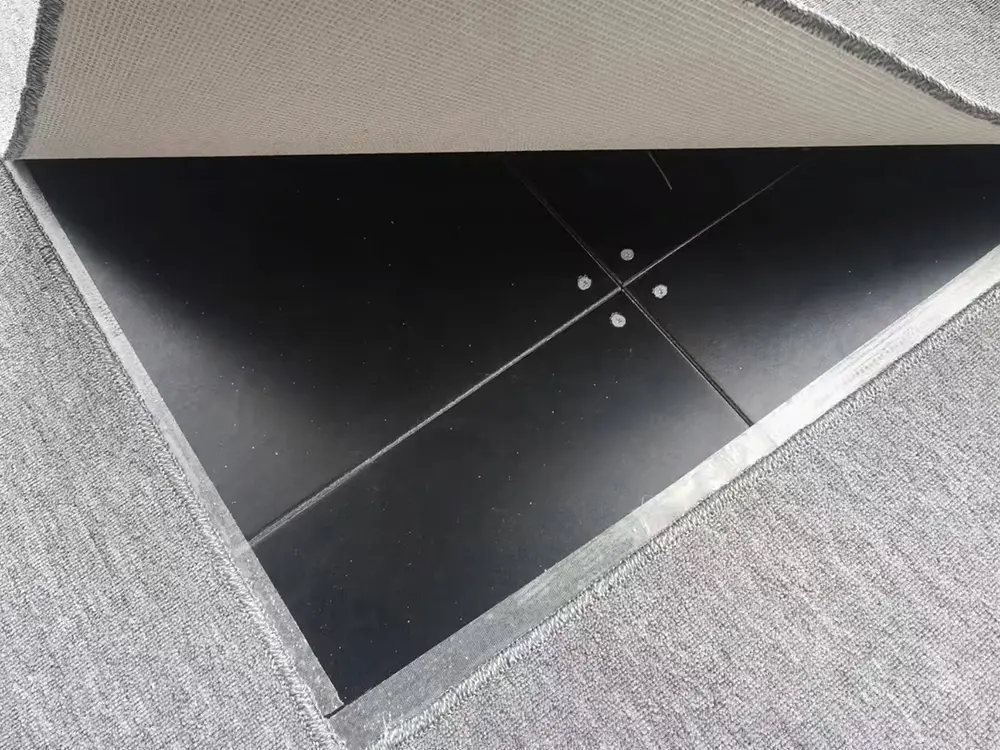 LEAO® Access Floors
LEAO® Access Floors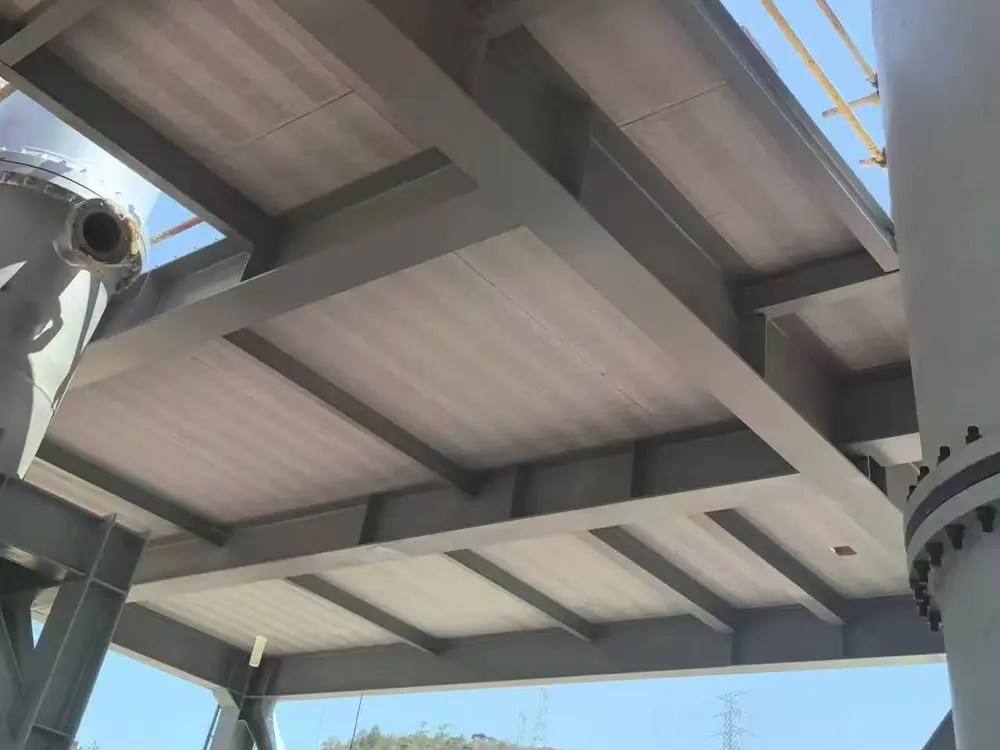 LEAO® Non-removable Formwork
LEAO® Non-removable Formwork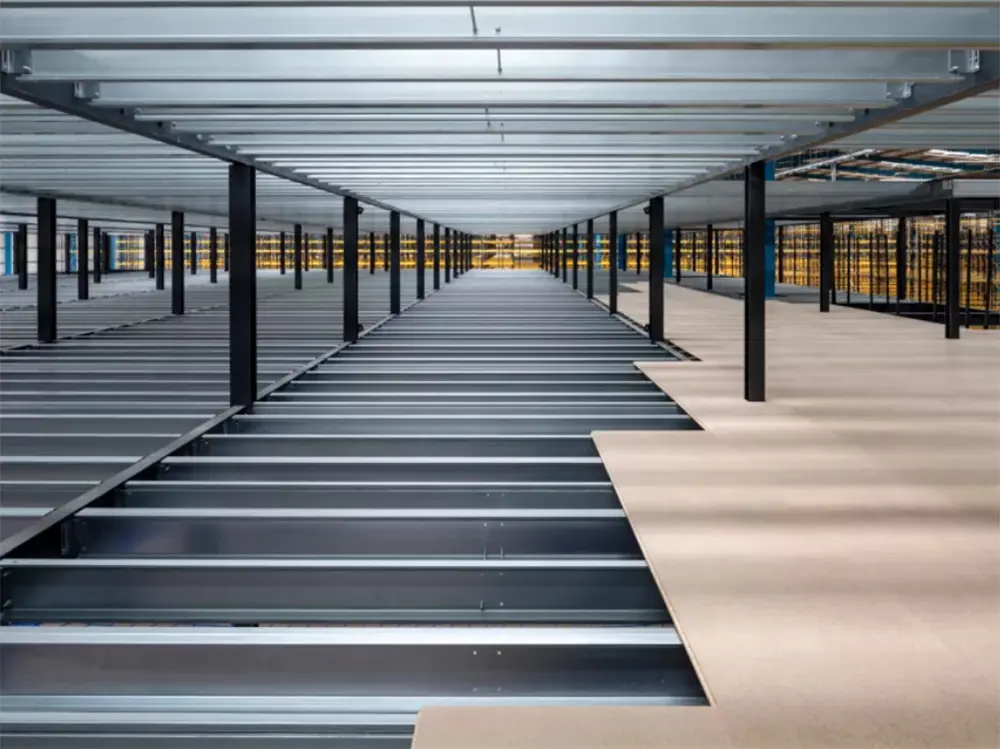 LEAO® Mezzanine Board
LEAO® Mezzanine Board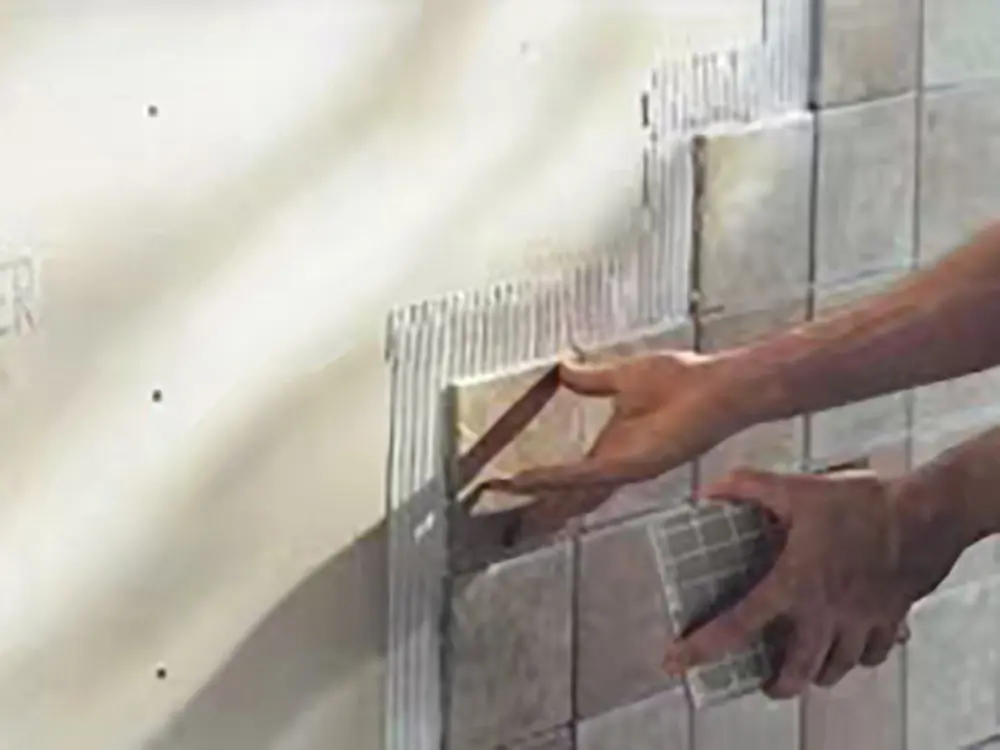 LEAO® Ceramic Tile Underlay
LEAO® Ceramic Tile Underlay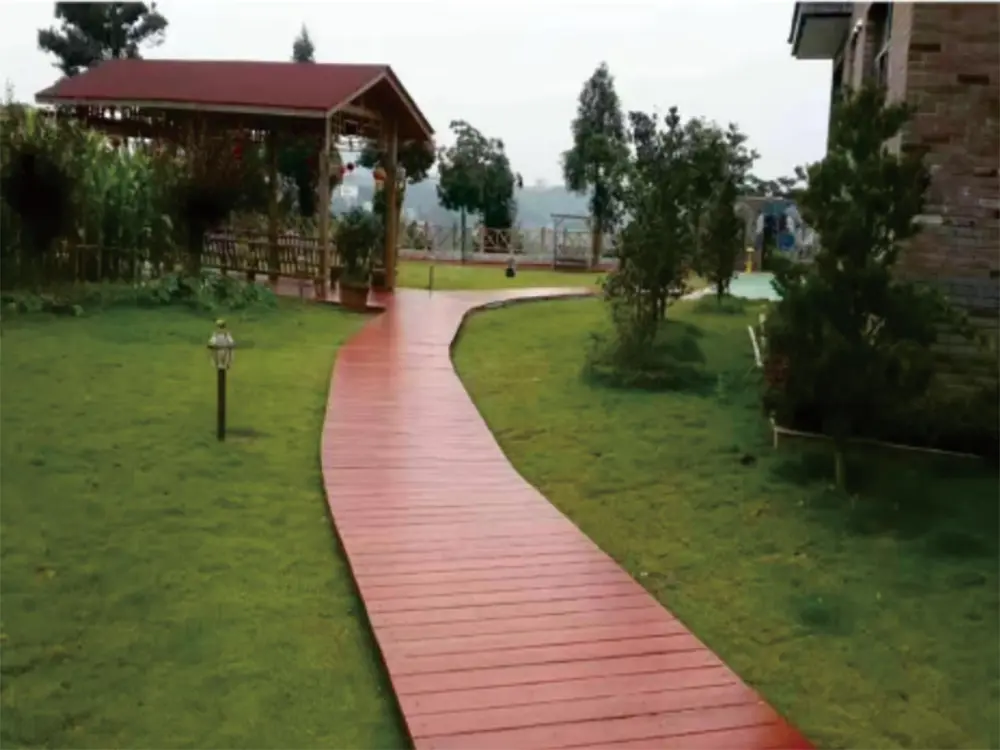 LEAO® Floor Plank
LEAO® Floor Plank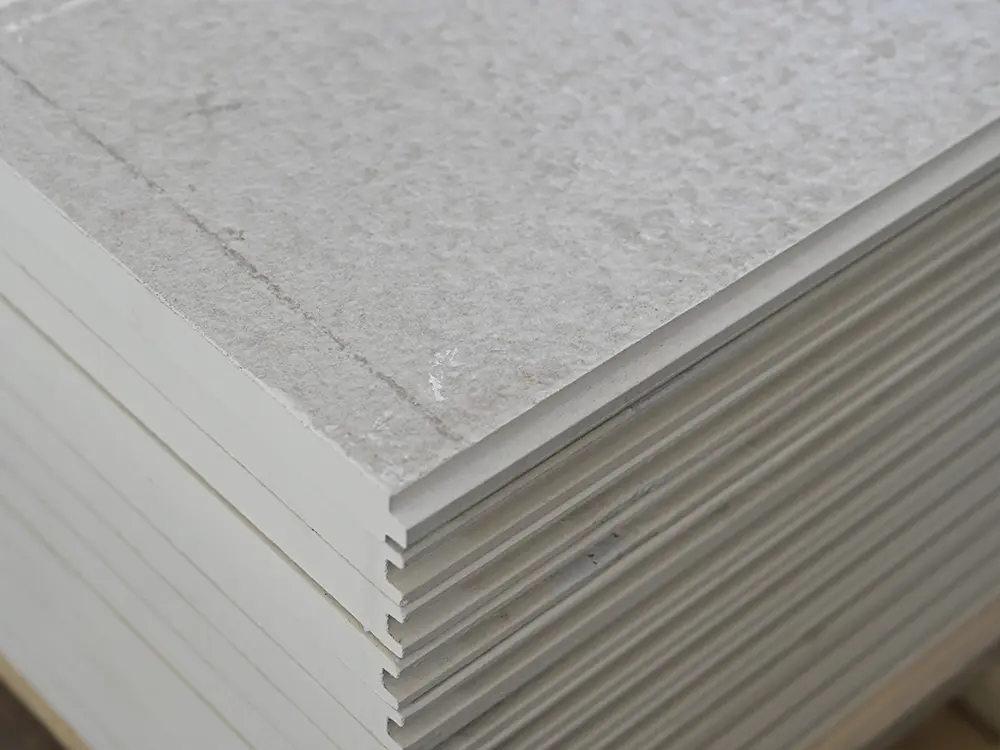 LEAO® Flooring
LEAO® Flooring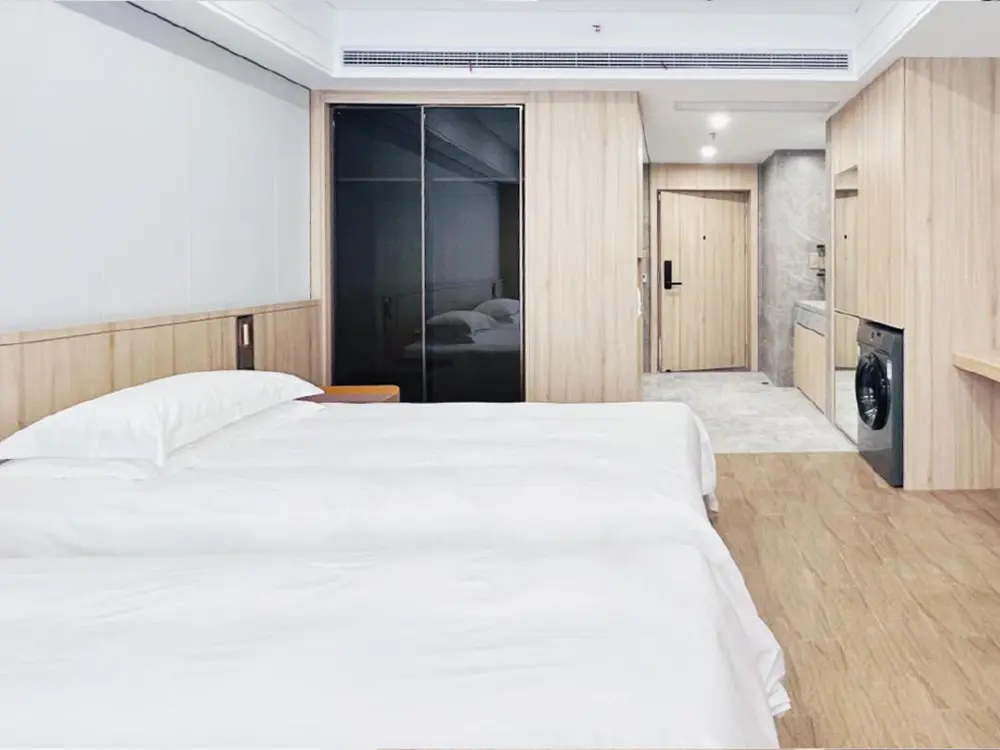 LEAO® Wood Style Decorative Panel
LEAO® Wood Style Decorative Panel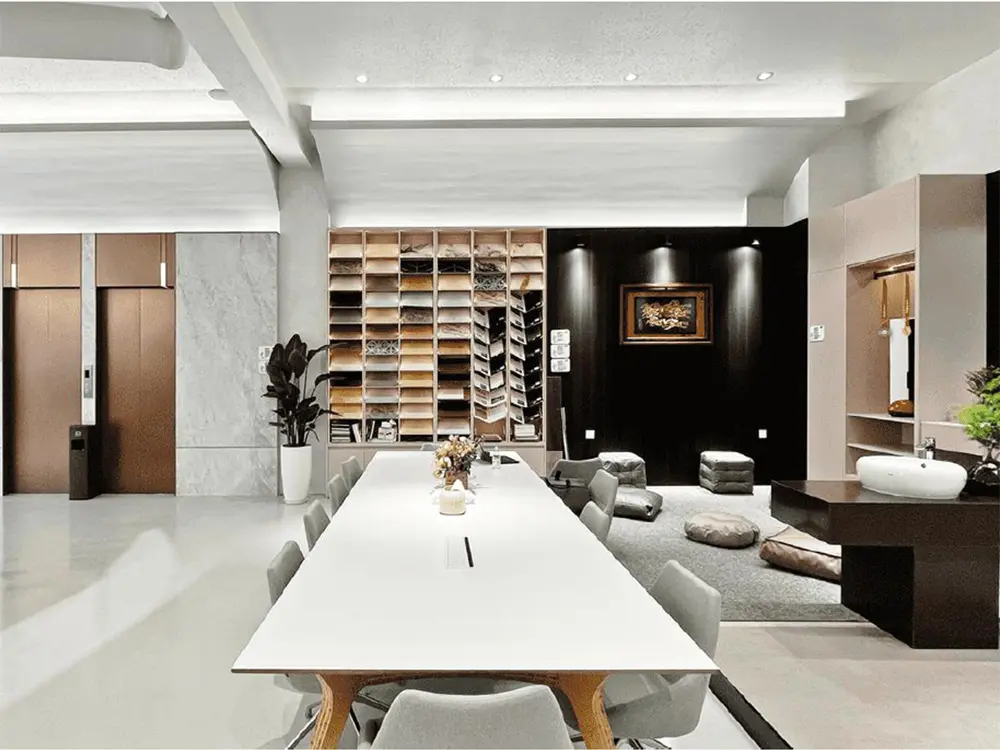 LEAO® Stone Style Decorative Panel
LEAO® Stone Style Decorative Panel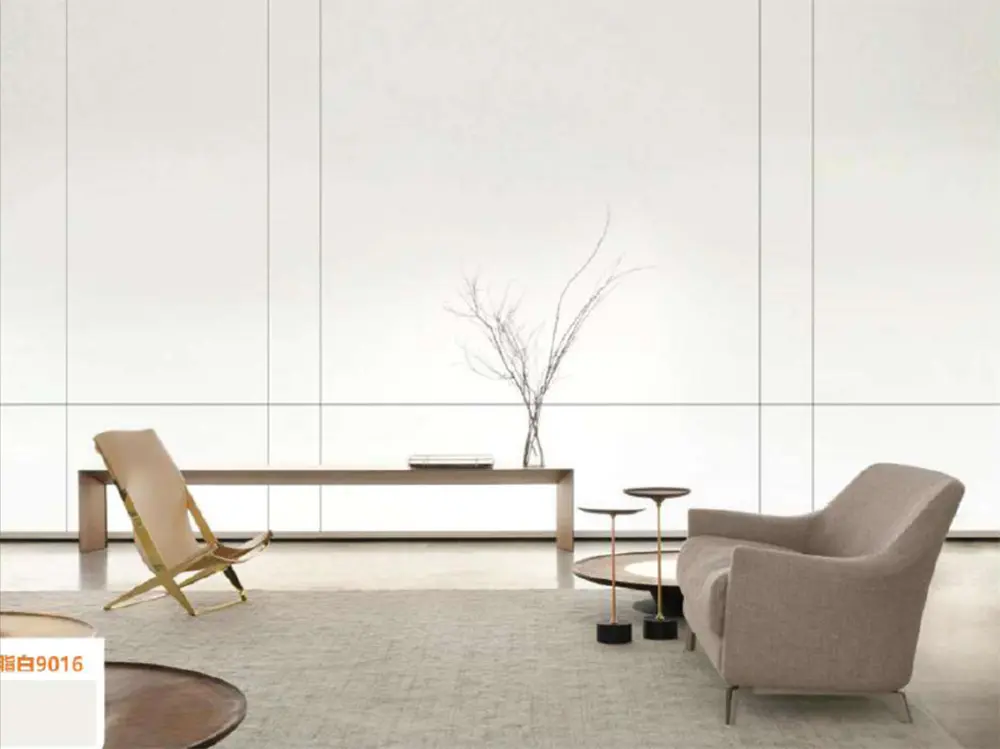 LEAO® Pure Style Decorative Panel
LEAO® Pure Style Decorative Panel Unlike conventional materials like plywood or foam, Fiber Cement Floor Underlay offers enhanced structural integrity and fire resistance, making it a safer choice for residential and commercial applications. Moreover, the increasing awareness of sustainable building practices has led to a rise in the use of eco-friendly materials, with fiber cement being celebrated for its low environmental impact and long lifespan.
As homeowners and builders alike seek more effective and sustainable flooring solutions, it is essential to explore the comprehensive benefits of Fiber Cement Floor Underlay compared to its traditional counterparts.
Unlike conventional materials like plywood or foam, Fiber Cement Floor Underlay offers enhanced structural integrity and fire resistance, making it a safer choice for residential and commercial applications. Moreover, the increasing awareness of sustainable building practices has led to a rise in the use of eco-friendly materials, with fiber cement being celebrated for its low environmental impact and long lifespan.
As homeowners and builders alike seek more effective and sustainable flooring solutions, it is essential to explore the comprehensive benefits of Fiber Cement Floor Underlay compared to its traditional counterparts.


